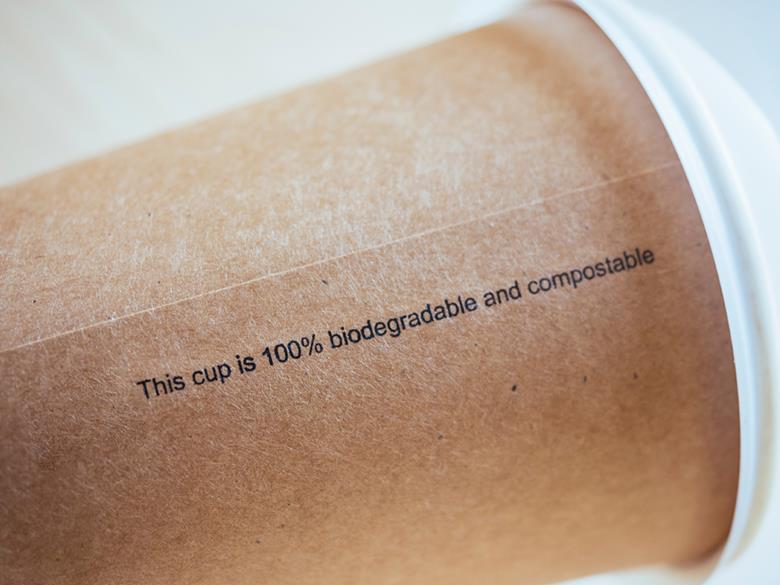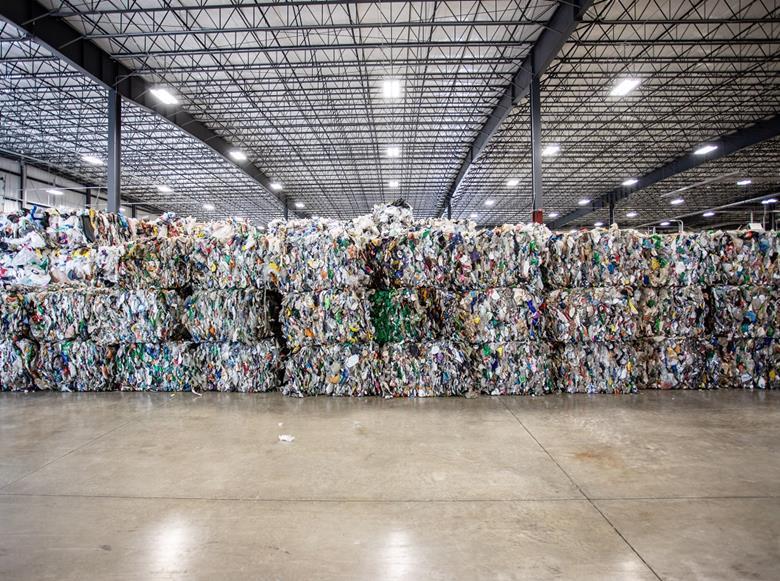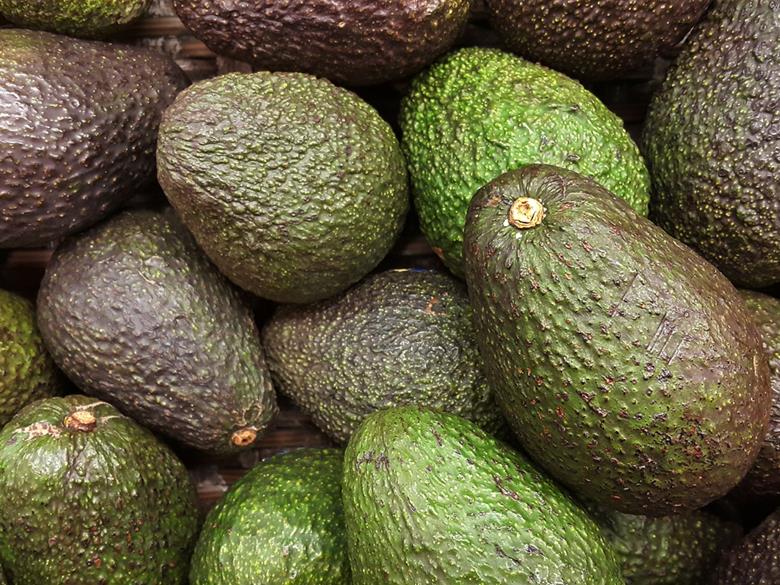With the goal of reducing the post-harvest cooling period and eliminating moisture and condensation that results in product spoilage, Mpact Versapak, a division of the Mpact Group, recently redesigned its 100% post-consumer rPET grape punnet to optimise the entire value chain.
The fruit industry is vitally important to South Africa as a foreign currency earner and a large provider of stable employment.
According to a report from the South African Journal of Plant and Soil, during the past 25 years there has been a tremendous amount of positive change in the post-harvest handling of fruits in the country. This is primarily due to the adoption of a number ofnew technologies developed in response to changes in the industry.
The grape industry uses rapid cooling and packaging to protect grapes from desiccation and decay. Numerous packaging methods and combinations are used in the industry with each having their own advantages and disadvantages.
“This innovation provides a solution to a number of value specific time and environmental challenges posed by value chain members, and highlights the importance of recycling,” says Wessel Oelofse, general manager of Versapak.
“Our in-house research, design and development team redesigned the heat seal grape punnet to include ten additional edge slots on the bottom rim and four base holes,” explains Oelofse. “This led to improved airflow and drainage of ‘free moisture’ that results in a shorter cooling time, and eliminates the risk of freezer damage, especially for punnets located furthest from the cooling fan.”
According to Oelofse the innovative solution resulted in a 43% reduction in cooling times when compared to the existing design, andby 49% when compared to the leading international punnet.
This means that the product offers substantial environmental benefits. These include lower product spoilage (that often has a higher carbon footprint compared to the packaging itself), time saving in the cooling process, energy and carbon footprint saving and a reduced need to increase future storage facilities for this rapidly growing market.
“Although the international market specifies a median product weight, our specialist team also managed to produce the punnet 7.5% lighter than the international specification,” explains Oelofse. “Its export rate means that not only is our post-consumer waste reduced, but that within international recycling streams, this light-weighted punnet can enjoy the full recycling status of being 100% recycled and recyclable.”
“We are pleased to report that 288,000 kilograms of PET has been removed from South African landfills between October 2021 to January 2022,” he continues. “Its predecessor, the conventional grape punnet, has contributed to removing 832,000 kilograms of PET from landfill during the period of January to December 2021.”
Organisations across the value chain benefitting from this innovation include farmers, cooling and storage facilities, transporting contractors, and ultimately, the consumer who receives good quality and fresher produce.
“Our redesigned grape punnet enjoyed a 100% export rate to Europe, United Kingdom, Middle East, Canada, South East Asia, Africa and Russia,” says Oelofse. “The grape harvesting season is in full swing between October 2021 to April 2022, so this newly launched product has not reached its full potential as yet.
“Expansion of this design into other fresh produce categories are underway, which will result in further environmental benefits,” concludes Oelofse.
About Mpact Versapak
Mpact Versapak is a division of the Mpact Group, the largest paper and plastics packaging manufacturer and recycling business in southern Africa. Mpact Versapak offers a wide range of branded packaging, including PET and polystyrene trays, expanded polystyrene packaging and cling film for both the local and international FMCG, fast food, fresh food, beverage and agricultural sectors.
It operates from the Western Cape and Gauteng and distributes its products through an extensive countrywide network. In-house design functions allows Versapak to rapidly respond to customer needs, market trends and new product developments, and the latest technology is used to improve the performance of its packaging.
All its packaging is manufactured to stringent health and safety standards. BRC accreditation ensures that Versapak is committed and regulated to only use accredited raw materials that are safe for direct food contact.
The circular economy
A circular economy is an industrial system that is restorative by intention and design. It is a model of production and consumption, which involves the sharing, leasing, reusing, repairing, refurbishing and recycling of existing materials and products as long as possible. In this way, the life cycle of products is extended.
This is a departure from the traditional, linear economic model, which is based on a take-make-consume-throw-away pattern and relies on large quantities of cheap, easily accessible materials and energy. There is overwhelming evidence that such a model is not sustainable.
Mpact is leading the way in developing a circular economy within the manufacturing industry in South Africa. For Mpact’s products and manufacturing processes, this means that what cannot be reused should be collected, recycled and made into new products. It is good business that benefits the environment, communities, the economy and the world.
Source:







